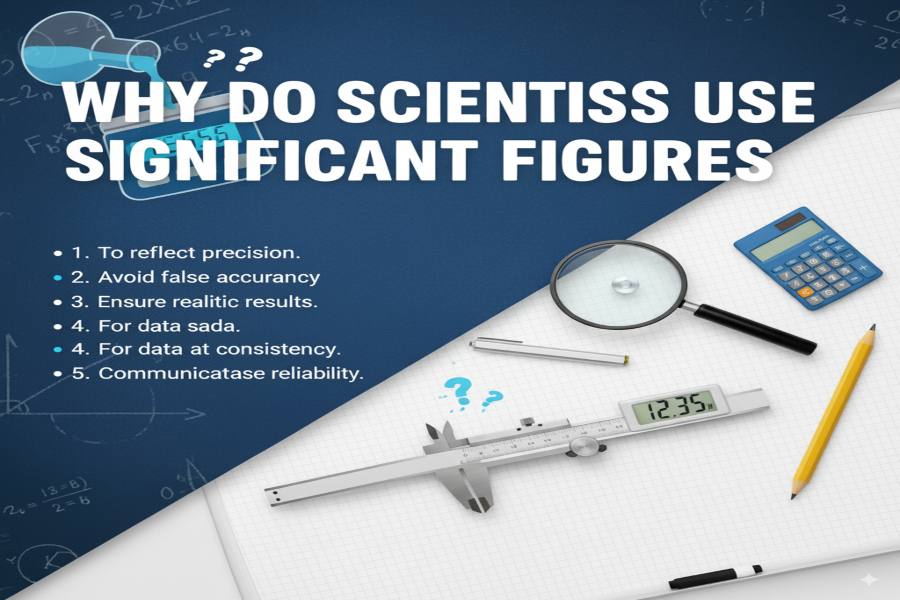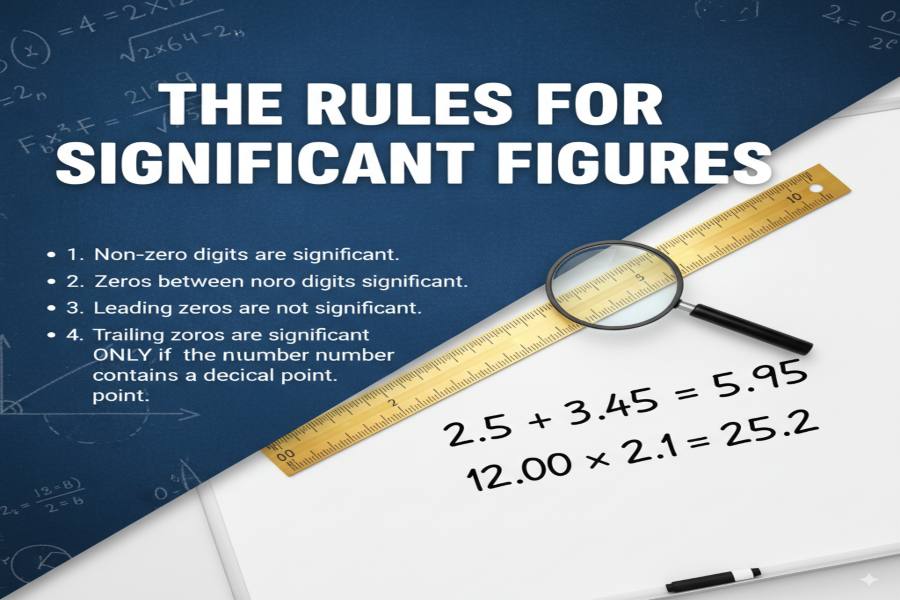Precision Converter
Instantly translate decimal values into their precise inch and fractional equivalents with a dynamic, visual ruler interface.
Enter Decimal Inches
Rounding Precision
How to Use the Converter
Our tool provides instant, precise conversions for any decimal inch measurement. Here’s how to use it.
1. Enter Decimal Value
Type the decimal number you want to convert into the input field. The results update live as you type.
2. Choose Precision
Select your desired level of rounding precision, from 1/8" up to 1/64". The fractional result will adjust accordingly.
3. Read the Results
The display shows the closest inch and fraction for your input, and the marker on the ruler visualizes its exact position within the inch.
Why Fractional Inches Matter
While decimals are useful for calculation, fractions are the standard language for measurement in many hands-on fields. Understanding them is crucial for accuracy.
Woodworking & Construction
Tape measures, rulers, and architectural plans almost exclusively use fractional inches (e.g., 2x4 lumber, 3/4" plywood).
Machining & Fabrication
Specifications for parts, tools, and hardware are often given in fractions (e.g., 1/4" drill bit, 3/8" wrench).
Crafts & Hobbies
From sewing to model building, instructions and material sizes are commonly expressed in fractions of an inch.
How the Conversion Works
The calculator uses a simple mathematical process to find the closest fraction for a given decimal.
- Isolate the Fractional Part: First, we take the whole number part of your decimal and set it aside. For
5.375, the whole number is 5. - Multiply by the Precision: We take the remaining decimal (0.375) and multiply it by your chosen precision. If you chose 1/16" precision, we calculate
0.375 × 16 = 6. This '6' becomes the numerator. - Create the Initial Fraction: The initial fraction is the result from step 2 over your chosen precision. In this case, it's
6/16. - Simplify the Fraction: Finally, we find the Greatest Common Divisor (GCD) of the numerator and denominator to simplify the fraction to its lowest terms. The GCD of 6 and 16 is 2. Dividing both by 2 gives
3/8. The final result is 5 3/8".
Frequently Asked Questions
Get quick answers to common questions about decimal to inch conversions.
What does "Rounding Precision" mean?
Rounding precision determines the smallest fraction the calculator will use. For example, a precision of 1/16" means the calculator will find the nearest 16th of an inch to your decimal. A higher precision like 1/64" provides a more exact conversion, which is useful in fields like machining, while a lower precision like 1/8" is often sufficient for woodworking.
Why does my result sometimes round up to the next whole number?
This happens when your decimal rounds to the next full inch based on your chosen precision. For example, if you enter 5.99 with 1/16" precision, the closest 16th is 16/16, which equals 1. The calculator correctly adds this to the whole number, resulting in 6".
How does the visual ruler work?
The ruler always represents a single inch (from 0 to 1). The marker's position is determined by the fractional part of your input decimal. For an input of 5.375, the marker moves to the 37.5% position on the ruler, visually showing you where 0.375 inches lies between one whole inch and the next.





